As you know, every year energy is becoming more expensive. What to do to the owner ...
|
We warm the bath with our own hands. Tips from the master for the installation of thermal insulation
|
The concrete screed of the floor is the most common base in apartments and private ... |
Ceiling finishing is troublesome and requiring certain dexterity and patience ... |
Lime solution: Features of manufacture
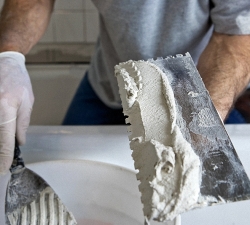
The main feature of lime is the absorption of moisture, so this material is quite common in different sectors, and in particular in construction. With the help of lime solution, walls are plastered, trees are whitened, it is applied to concrete bases, etc. We will talk about the varieties and how to prepare a lime solution.
Table of contents:
- Lime solution - characteristics and features of application
- Lime mortar composition: fillers' properties
- Features of the preparation of lime solution for plaster
- How to make a lime solution for connecting bricks
- Subtleties of cooking cement-cement mortar
Lime solution - characteristics and features of application
There are a large number of solutions for plaster. The speed of grasping and preparation is different compounds based on cement and gypsum, however, the use of lime in this area is very relevant.
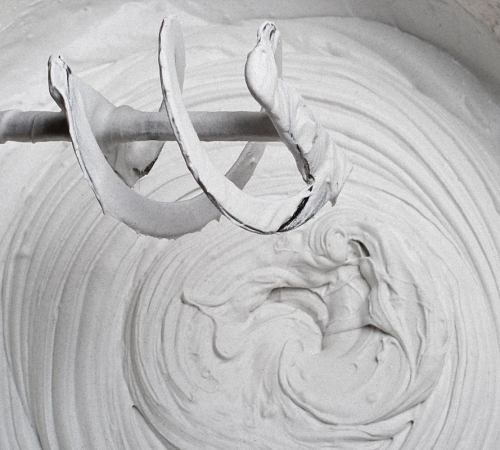
It is these types of solutions that have a huge number of advantages over gypsum and cement compositions. We offer to consider their comparison:
1. The lime and lime-cement mortar has high plasticity, and after several hours it is still able to change the shape, if necessary. Cement solutions are poorly supplied with processing and quickly grasp. The lime solution gypsum instantly dries and hardens, after which it is practically unable to change the shape.
2. Lime solution has the highest antiseptic properties, especially if bastard lime is added to it. This advantage is especially relevant in the process of processing surfaces made of wood. A cement mortar does not have such properties, although it is possible to use special introductory additives that will add the properties of an antiseptic. Gypsum -based solutions are not antiseptic.
3. Lime and gypsum solution has the highest adhesion to any surfaces, including wooden. The cement solution is characterized by average adhesion.

4. In addition, the advantages of gypsum and lime solution include high stability over cracks. What cannot be said about the cement mixture.
5. If we compare the strength of a cement mortar with gypsum and lime, then the first option wins.
6. In terms of value in the first place, a gypsum solution, in the second lime, and then cement.
The technological process of preparing a lime solution differs in the amount of fillers and the component of the mixture, however, the procedure for preparing it has the same stages:
- lime navigation or bosomed;
- its connection to the filler;
- Adding water until the mixture acquires the necessary consistency.
The amount of water that is added to the solution is affected by the dryness of lime and the type of filler. The appearance of the solution should be thick so that it easily lays down on the spatula and does not spread on it.

Lime mortar composition: fillers' properties
The choice of filler depends on the type of coating on which the solution will be applied, as well as on the functional features of the mixture. The most popular type of lime solution is the totality of sand and lime. If gypsum acts as a filler, then the solution will have a very quick setting.
The connection of lime with cement gives the surface additional strength. In the process of fixing the clay wall, it is recommended to use a solution based on clay and lime.
We offer to get acquainted with the main proportions for the preparation of various kinds of mixtures. Lime solution of proportion:
- A solution based on lime and sand in spray the ratio is 1: 3, for primer - 1: 2, for covering 1:!, 5;
- The ratio of cement with lime and sand: spray - 1: 0.4: 4, primer 1: 1: 4, coating - 1: 1.5: 1.5;
- The ratio of lime, sand and gypsum for spraying - 1: 0.5: 2, primers - 1: 1: 2, coatings 1: 1.5: 0;
- The ratio of lime dough with clay and sand, when spraying 0.2: 1: 3, soil coating - 0.2: 1.5: 2, as a coating - 0.2: 1: 3.5.
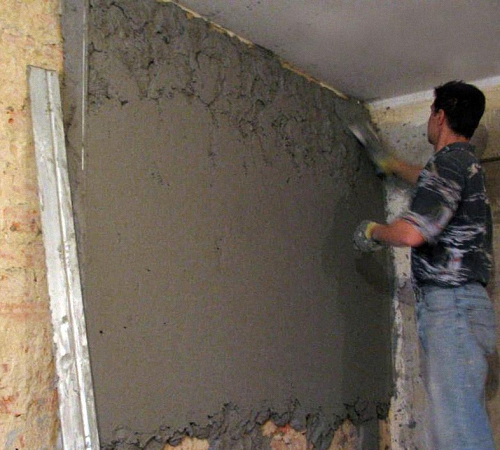
We offer to familiarize yourself with the main types of fillers used in the process of manufacturing a lime solution:
1. The use of gypsum is recommended for the work of scaluing cornice areas, structures made of stone or wood. To prepare the mixture, small portions of the solution should be made, since it must be used in the shortest possible time. The speed of solidification of the mixture is ten minutes. The main difference between this solution and other types of lime mixtures is the practical lack of shrinkage.
2. Another filler, often used in the process of preparing a lime solution, is cement. This type of solution is suitable for processing surfaces both outside and indoors, including rooms, with high humidity, such basements, baths, saunas. Since the cost of such a solution is too expensive, it is rarely used in the process of processing new premises, rather, its use is associated with the reconstruction of old buildings. To prepare the solution, it is recommended to use the cement of the brand 400. The acquisition time of the complete strength of the wall treated with such a solution is 4 weeks.
3. To process wooden or clay surfaces as a filler, clay is added to the lime. Its use is quite rare and is associated with the reconstruction of old clay surfaces. With the help of this mixture, they acquire additional strength.
The 4th filler for lime solution is sand. This type of solution is the most popular, primarily due to its cheapness. To prepare the solution, pre -washed and sifted sand is used.
In addition to this type of additives, catalysts are added to the lime mixture that increase the rate of hardening of the solution and plasticizers that make it more elastic.
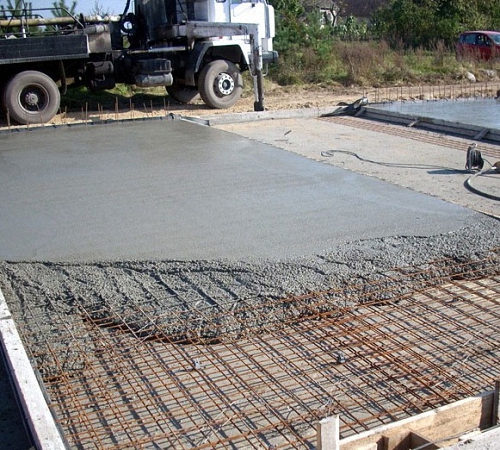
Features of the preparation of lime solution for plaster
The use of this type of solution is associated with the surface of plastering of the surface. This type of decoration is especially popular among owners of any kind of residential premises. Two types of plaster are distinguished:
- simple;
- complex.
Their main difference is the permissible number of irregularities in the process of completing work.
This procedure occurs in stages and are divided into three parts:
- spraying;
- primer;
- cover.
The thickness of all three layers is about 25 mm. If necessary, in a thicker layer, it is recommended to use a strengthening grid that gives the coating higher strength characteristics.
To prepare a solution for plaster, slash lime is mixed with fillers in the form of sand, slag or other alternative options.
Two types of plaster foundations are distinguished:
- fatty;
- skinny.

The first option is characterized by a large number of binders in the composition, because of this it has too much shrinkage and quickly cracks. And the second type of solution has a lack of a binder, in the role of which gypsum, lime or cement acts. They are less durable and not plastic.
To prepare a lime solution for plastering the surface, certain proportions must be observed, then the solution will have the desired consistency and perform all the functions intended for it.
To reduce the setting time of the solution, it is recommended to add a little gypsum to it. Next, mixing all components and their use occurs.
To prepare a lime solution designed to apply the first layer of the plaster base, add gypsum diluted with water 1: 3 to one part of the lime solution.
For priming the wall, the ratio of components looks like this: 1: 1, 5: 2. The last layer is the most thick and is prepared from one part of the lime solution and 1.5 parts of the gypsum base.
The plaster prepared in this way hardens within 40 minutes. To slow down this process, it is recommended to add a little bone or meading glue to the solution.
In addition, the density of a solution prepared on the basis of lime is affected by the presence of plasticizers and various kinds of fillers. To prepare a composition with an average density, it is enough to use river sand. Porous pumice fillers allow you to make the solution less heavy and loose. To improve adhesion of plaster and surface, it is recommended to carry out its preliminary cleaning and moisten with water. The plaster of the walls with lime solution is not difficult if you approach this process correctly and observe the proportion of the preparation of the solution.
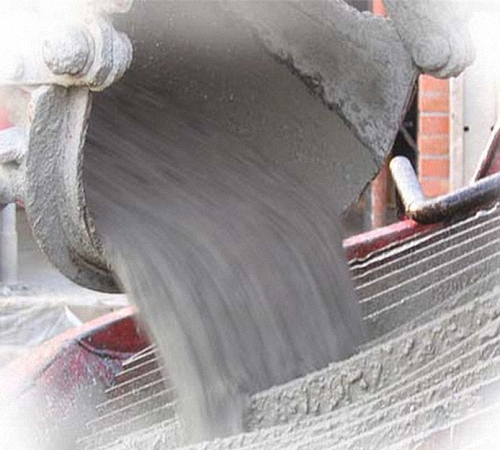
How to make a lime solution for connecting bricks
This type of solution is designed to connect bricks among themselves, namely for the construction of brickwork. The following requirements are presented to him:
- plasticity, thanks to which all seams and voids formed in bricks and between them are easily filled;
- A high level of strength will provide good adhesion between bricks and prevent deformation of the brick surface;
- A certain gaping period - this type of solution should not grasp instantly, since it will take time to apply it to each brick separately.
The composition of such solutions is selected so that it remains in the desired consistency for about 60-90 minutes.
The lime mortar for masonry brick contains sand mixed with slaughter lime. The first and most important condition for the proper preparation of lime of sand solution is to properly carry out lime dumping. This must be done using a special tank in which water is added in small portions.
Previously, lime was stored in special pits, which were sheathed with wood boards and covered with soil for at least 30 cm. It was such a place of storage that provided the lime with the functions necessary.
To prepare a solution of lime, it is necessary to strain through a sieve of lime milk, into which sifted sand is gradually added. Next, thorough mixing of the mixture and gradual adding water to it occurs. It is she who affects the density and consistency of the solution. The ratio of sand with lime is 3: 1. To increase the strength characteristics of the mixture, it is recommended to add gypsum or cement to it.

Subtleties of cooking cement-cement mortar
To prepare such a solution, a mixture of dry ingredients in the form of cement and sand is first prepared first. In a ratio of one to five. After receiving this mixture, lime milk flows into it with a thin stream, until the desired consistency is obtained.
Prepare lime milk as follows:
- Put a little lime in an empty container;
- pour it with water;
- Stir until a homogeneous mixture is obtained.
This type of solution should be high -quality, since it depends on it the duration of the operation of the coating on which it is applied. Therefore, when choosing cement, you do not need to save. For these purposes, brand 400 cement is used. Before direct preparation of the solution, check all the ingredients, including cement. In appearance, it should have a crumbly structure, without lumps, it is advisable to sift it before work.
This type of solution copes with the plaster of the surface of the concrete base perfectly. In order to plastering cornices or elements of a protruding nature, a better type of cement should be used, which will give the surface greater durability.
The consumption of the lime solution is completely dependent on the type of surface on which it is applied. But the density of the lime solution is affected by the amount of water and other additives in the composition.
Laundice-cement mortar is also used for application on wooden surfaces. The most common option of preparing such a solution is the ratio of cement, lime milk and sand.

The ratio of cement with lime depends on the place of its application, for example, for loafing of the cornice, basement surfaces, the ratio is one to six. When conducting work on the walls of brick or concrete - 1: 2. If the plaster is carried out indoors with moderate or medium humidity, then one part of cement is enough for seven parts of sand.
In the process of preparing lime gypsum solution, the main thing is to guess with the consistency. Since too hard the mixture will lead to cracking the surface, and too soft to a decrease in its strength.
Upon receipt of too fat, you need to add cement to it in a small amount. If the solution has too liquid density, then you need to choose a thickener for it, which will make it plastic and easy for further work.
To determine the quality of the solution, conduct a small test:
- lower the shovel into the dishes with the solution;
- norm - the solution is slightly sticking to the surface of the shovel;
- With too abundant sticking, the fat content of the solution should be reduced;
- In the absence of a solution on the surface of the shovel, take care of adding the thickener.
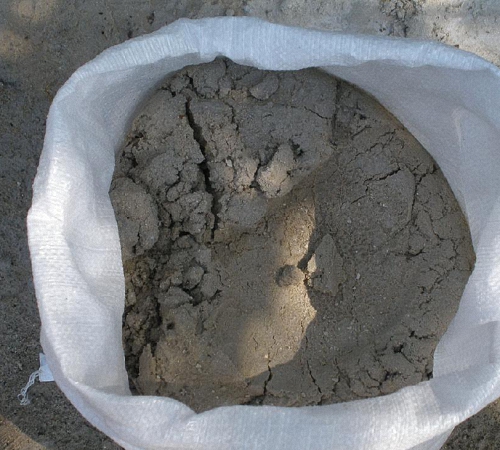
In order to avoid overrun of materials, it is better to prepare the solution in small portions. This mixture should be enough for half an hour. When thickened the solution, its dilution with water will lead to a decrease in the strength of the plastered surface.
There are several ways to prepare a lime solution. First, lime is prepared, cement is gradually introduced into it, and is thoroughly mixed. It is possible to mix cement and water, and then add lime. Also first mix cement with sand and lime.
